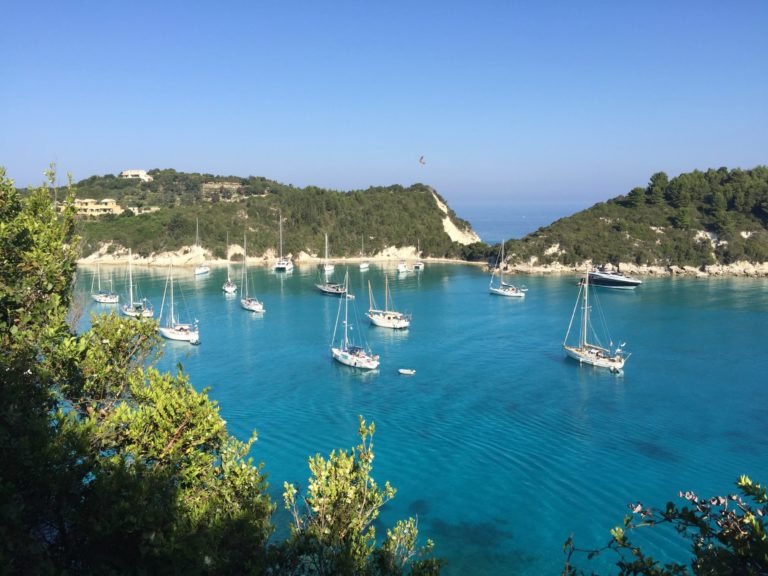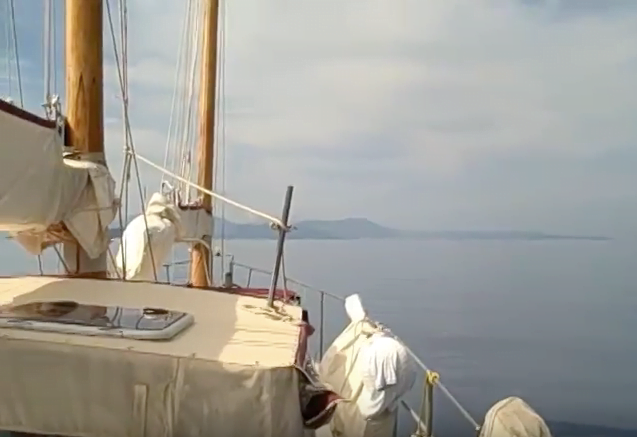Next came the round bilge section and what a nightmare it was to be.Steel Kit had an ambitious design plan.They had spaced the frames at 750mm the frames were made from 8mm flat bar.Their plan was for me to hold up a 1500mm x 500mm plate section to the round bilge area, angle it to around 30 degrees then a helper would mark the top of the topside plate onto this flat plate.
The plate would then be cut off at this line and tack welded to the topside plate.Then using the remaining length of plate as a lever the plate would then be bent round using chain and tackle and marked again at the hull bottom plate.
This area would again be trimmed and then tack welded to the bottom plating. This was a good plan but had a minor flaw.The frames were set at 750mm intervals and the actual plate size was 500mm wide.Of course this would never work as the gap was too big and the frames were to far apart leaving a flat section on the bilge plate.
Yet another big design flaw with the kit.After a week of photo taking and a lot of toing and froing Steel Kit finally admitted that it was their mistake.The action plan was for me to hire a van and load up all the round bilge plate and take it up to Steel Kit in Aberystwyth.
There were 18 plates per side and the van must have been very overloaded on the trip.Steel Kit then in their wisdom decided to roll the plate at their plant which took a whole day.I was not very familiar with the rolling process which turned out to be a major disadvantage to me. The rolled plate was loaded into the van and I drove back to Weston Super Mare.
The next day Ann and I commenced the plating. We started on the port side at station one which was the datum frame. It took a whole day to measure up; mark, cut, and tack weld this first plate into place. We were both exhausted when we finished.It took the whole of the summer to complete tack welding both port and starboard bilge plates.
What we soon realised was that the rolling of the plates was done on fixed radius rollers. The hull of course changes radius as you go to the bow it gets bigger the closer you get to the bow and smaller the closer you get to the transom. This proved to be one of the hardest obstacles to overcome and made the job go on forever.
Now it was the turn of the transom plates and although there were only two of these it took until the end of November to complete them. No work again took place over December and January.





